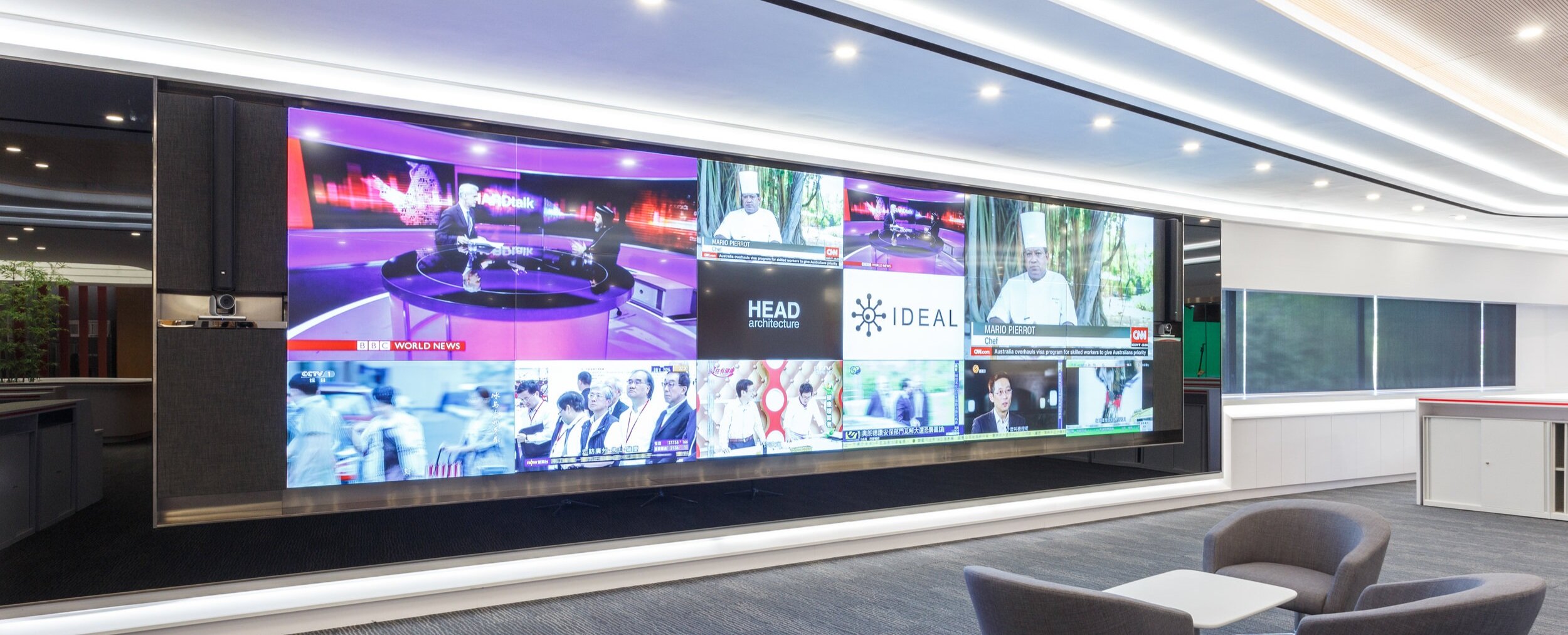The first step in ensuring color accuracy is comprehending how LED systems works. LEDs, or light-producing diodes, produce light in various colors by combining red, green, and blue (RGB) light. Each pixel on an LED screen is made up of these three colors. When tuned properly, the mix of RGB can produce a broad range of hues. However, if one hue is too intense or too dim, it can throw off the entire display. This is why calibration is needed to equalize the colors and reach the desired visual effect.
Tuning involves adjusting the settings of the LED wall to ensure that the hues shown match the initial content as closely as feasible. This process typically involves using specific software and hardware tools. Technicians often use color measurement devices, such as spectrophotometers, to examine the colors being shown. By comparing the measured hues to standard color standards, they can make exact adjustments. This guarantees that the colors are not only lively but also consistent across the whole screen.
Another important aspect of color precision is understanding the environment in which the LED screen is used. Elements such as ambient light can considerably impact how colors look. For example, a well-lit lit room may fade colors, making them look not as lively. To mitigate this, technicians may adjust the luminosity and contrast configurations of the LED wall. Additionally, they may select particular color settings that are more suited for various lighting conditions. This flexibility helps maintain color accuracy irrespective of the observing surroundings.

Finally, regular maintenance and re-tuning are essential for keeping an LED screen looking its finest. Over time, the performance of LEDs can change due to factors like degradation and temperature fluctuations. Regular inspections and modifications can help ensure that see the hues stay accurate and vibrant. By committing time in appropriate calibration and upkeep, venues can provide audiences with breathtaking graphic displays that improve their total experience. Perfecting color precision in LED wall tuning is not just a technical task; it is an expertise that contributes to the magic of graphic storytelling.